When it comes to poultry alternative production systems in Australia, then there are three strategies that poultry producers make use of. These include free range, barn and organic systems used for the production of eggs and meat. It is through the use of these three systems that the customers have a wide array of choices to select while keeping in view the element of taste, personal and animal welfare and environmental sustenance. Although these modern systems are seen to be complimentary to the use of the conventional methods, still both of them have certain drawbacks. The original intent of the poultry industry is to create some sort of bond between the production systems and the amount of confidence the consumers have on the use of these products. Below are the three modes of production.
Free Range
Now for those who do not know, this mode of production is one of the most widely accepted and popularized among all the welfare groups. The free range hens in Australia account for about 11% of the total number of hens. The market share of these hens in terms of grocery sales is about 14.5%. The revenue generated from the use of these hens is about $ 71 on an annual basis. Furthermore, the principle of limited stocking density ensures for the animals, freedom from discomfort, pain, hunger and thirst. Here are some of the distinguishing features of this specific mode of production as stated by the Model Code of Ethics for the Welfare of Animals.
- Maximum exposure to the natural environment
- More chances of growth
- Larger space for roaming, minimal risks for the environment
- Free from antibiotics
- Compliance with the set standards
Barn Poultry
This system involves the use of the cage as well as the free range measures. In other words, the system is more like an amalgamation or merger between the two farming practices. This mode is encouraged because of a number of its positive points with compliance to the Model Code of Practice in poultry. Here are some features of the system.
- Use of weatherproof sheds and safe farming practices
- Limited Density of the stock for encouraging the natural behavior from the animals
- Freedom of movement and flying
- Less chances of predation among the birds
- Access to private and secured areas for the process of egg laying
- Limited human contact through the use of automatic systems
- Limited feather pecking and lower chances of cannibalism
Certified Organic Poultry
When it comes to the production of certified organic eggs and meat, then free range hens are the ones to be used. But here, the system is to be administered in lines with the National Standards and safe farming practices with no use of artificial colors and other chemicals that might come to cause any harm to the animals. Let us take now take a look at some of the features and requirements of this system, all of which follow the set standards.
- The birds are fed by making use of certified organic nutrients
- No use of antibiotic measures and medication
- Varied use of diets and feeds
- Certified organic meat chickens need to be fed with only the certified organic nutrients and are not to be cured through the use of the routine modes of vaccination.
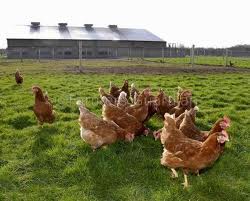
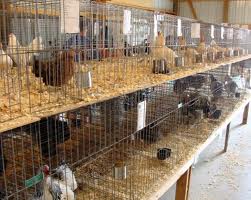
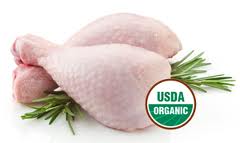
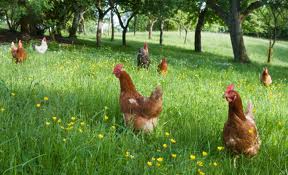
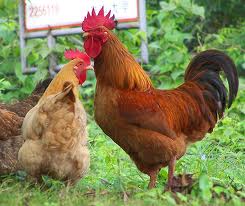
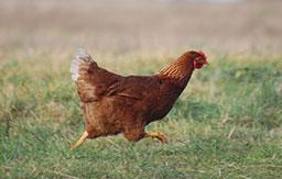
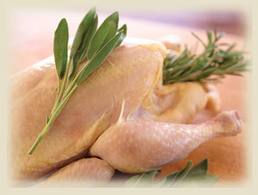
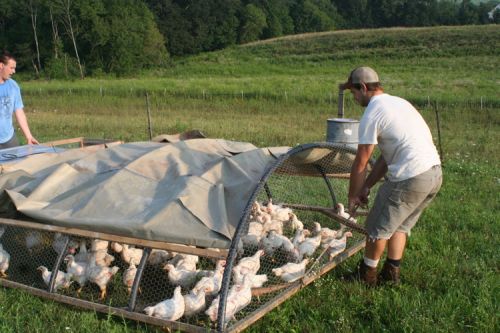
Very nice article about alternative management systems of poultry production. out of these three last one will be more suitable.
definately,as producers have to meet certain requirements to call their meet as free range organic.
I’m just curious: How is the catch on free range?
hens back to their coop,in the evening,as they have been shown the path which they follow,so thier is no problem of catching
I am interested in movable housing for a commercial organic meat chicken operation in Australia.